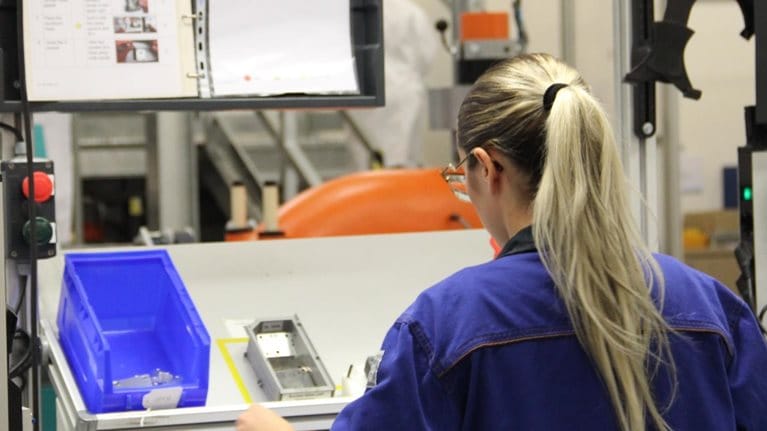In this interview, McKinsey’s Biljana Cvetanovski discusses the role of innovation and how to think about growth capabilities with Ashley Schofield, CEO of giffgaff, a telecommunications company headquartered in London, with revenues of $500 million. The following is an edited version of their conversation.
Stay current on your favorite topics
How do you think about the innovation pipeline and ideation?
I think the number-one thing to identify is that ideas can come from anywhere. Often it’s our really smart people in data science and business intelligence flagging a trend or finding that we need to act on one. But people can also have a moment of inspiration while traveling on the tube or riding in on a scooter. It’s about trying to create a repository, if you like, for those ideas. We have a massive whiteboard in marketing where people are invited to write up an idea regardless of where it’s come from or who they are in the business. We also have an ideation platform within our online community for our member base, so they’re constantly giving us new ideas and voting on ideas, so the best ones rise to the top. Another thing that I think you need to challenge yourself on, in today’s world in particular, is to not start with the solution. Instead, start with the problem and be really clear what the problem is before you start chucking in solutions.
Is there a formula or methodology you use for growth?
We do have a formula for decisions we make around growth. We call it the giffgaff artichoke. In it are the kind of ingredients that make great decisions for giffgaff. One box starts with, is it consistent with our values and sense of purpose? If it isn’t, then that’s a deal breaker; we won’t go there. Secondly, is it exciting? Is there a sense that, if we arrive there, we could generate a sense of infectious purpose about it? If the answers to the first two questions are yes, then we also look for the mutuality piece: Is there a give-and-get element with our membership that would help the dynamic work? Then the fourth bit: Is it scalable? There are lots of things that we could do, but ultimately we’re interested in impact. So we want to do things that will impact on a sizable scale. Those are the four ingredients that keep us honest on making those tough decisions.
What capabilities have been critical for delivering growth at giffgaff?
To thrive at giffgaff you need to be comfortable with empowerment; it’s not the kind of place where people are going to tell you what to do. What they will do instead is frame things for you and say, “We think the answer might lie over there; here are some resources; let us know how you get on.” Some people will thrive in that environment, but others will find it challenging.
Secondly, I think a question to ask from a resources point of view is: What is the real work to be done here? I think there are two critical business choices we’ve made at giffgaff that have propelled our growth forward. One is that five years ago, we brought management of the brand in house and parted ways with marketing agencies because we felt like we had a better understanding of who we were than anybody else. We wanted to drive how that was shared with the rest of the world, so we brought it in house. I’m not aware of any other telco that does that.
We approached things similarly with technology. Technology is the element that brings experiences to life for our members. So why on earth would we outsource that to anyone else? We wanted that in house, colocated with the marketing folks and everyone else in the business so we could continue to connect with our audience and do the right thing. For us, owning that brand story and identity, and finding smart ways to deliver great tech, great experiences—those are the skill sets that we really value.
What do you see as the future of marketing?
The way I like to think of it now is that what you really need to create is a marketing- technology love child. That’s the sweet spot, because the people who write the code, who deliver the experiences, really need to have that marketing orientation. Otherwise, there’s a disconnect. Getting marketing and technology closer together is therefore what we’re pursuing at the moment, creating teams that have both of those skill sets and really value. Then, delivering that to our membership on a daily basis so we’re getting some feedback from them. We’ve got the skills from a marketing perspective to dig in beyond the obvious and then be able to act on it.


